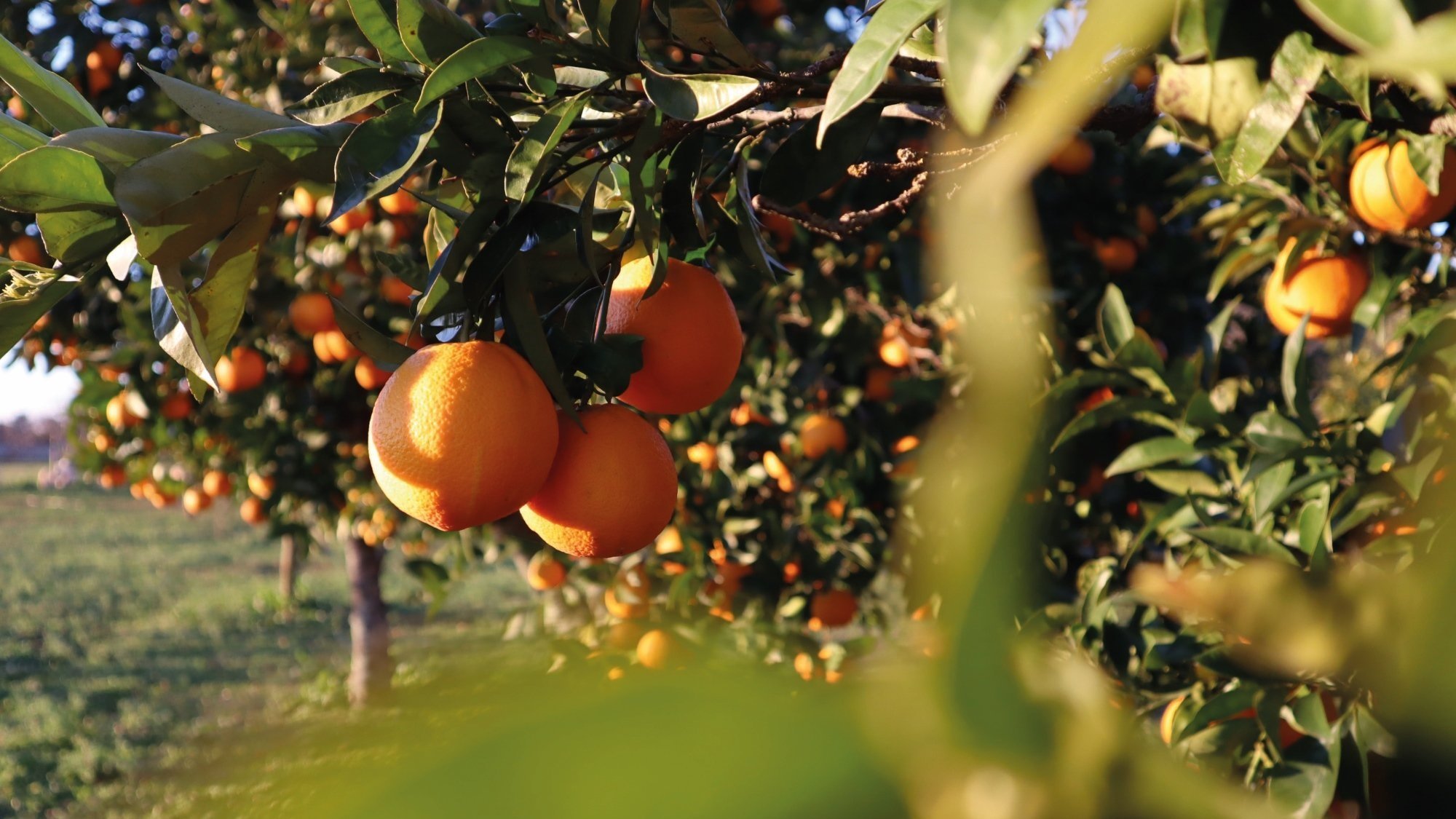The Seven Wonders of Portugal
From the World Heritage city of Porto and the tram-filled streets of Lisbon, to the beaches of the Algarve and crater lakes of the Azores, Portugal offers visitors a rich and diverse country to explore.
Blessed with a warm Mediterranean climate, fascinating history and top culinary experiences, Portugal’s attractions can be discovered across seven distinct regions, all of which offer their own unique vibe.
Words by Louise Longman
PORTO & THE NORTH
Considered the oldest region and where the nation was founded in the 12th century, Porto & The North boasts stunning scenery, historical sights and cultural landmarks such as the medieval castle and palace in Guimaraes and the architecture and monuments in Viana do Castelo, the jewel of the Costa Verde.
Porto – the historic centre of which is a World Heritage Site – is renowned for its port wine as well as its ancient churches and monuments. These include the cathedral and the church of Sao Francisco, and modern architecture including the Casa da Musica and the Serralves Museum.
Stunning beaches can be found along northern Portugal’s rugged coastline, while mountains can be explored in Peneda-Gerês National Park – the only national park in Portugal. Another way to enjoy the region is on a scenic cruise through the Douro Valley, with stops aplenty at vineyards and wineries.
CENTRAL PORTUGAL
Located between Porto (to the north) and Lisbon (to the south), Central Portugal is hugely diverse in terms of landscape, with its long Atlantic coastline feeling like a million miles away from its mountainous interior.
Central Portugal’s capital, Coimbra, acts as a hub for the region and is home to one of the most prestigious universities in the country, as well as myriad magnificent old buildings and fascinating monuments.
Away from Coimbra, the city of Aveiro sits along the Ria de Aveiro. Known as the ‘Portuguese Venice’, Aveiro is distinguished by its canals navigated by colourful boats (barcos moliceiros), traditionally used to harvest seaweed.
Monastery in Coimbra
LISBON
Portugal’s hilly, coastal capital is characterised by its postcard-perfect panorama of steep, cobbled alleyways and colourful trams, ancient ruins and white‑domed cathedrals.
From the imposing and emblematic Castelo de São Jorge, the view over Lisbon takes in the old city’s pastel‑coloured buildings, the Tagus Estuary and Ponte 25 de Abril suspension bridge. Bright trams rattle along the narrow, shaded streets of Lisbon’s Alfama neighbourhood, rushing past patterned houses and tiny fado bars.
Nearby, the National Azulejo Museum displays five centuries of decorative ceramic tiles. And just outside Lisbon is a string of Atlantic beaches, from Cascais to Estoril, popular with Lisboetas and visitors alike keen to surf the waves at Praia do Guincho.
Elevador da Bica in Lisbon
ALENTEJO
Portugal’s Alentejo region spans from the Tagus River down to the Algarve and east all the way to the Spanish border. Mostly rural, with rolling hills, fields, farms and forests, it’s famous for its cork oaks and olive groves.
Its capital, Evora, is packed with historical sites, including Roman ruins, ancient aqueducts and monuments. This museum-city reached its golden age in the 15th century when it became the residence of Portuguese kings. Its charm can be found in its whitewashed houses decorated with azulejos - painted, tin-glazed, ceramic tilework - and wrought-iron balconies dating from the 16th to the 18th century.
There are a number of other beautiful castle towns dotted throughout the Alentejo region, with Monsaraz, Marvao and Castelo de Vide all well worth a visit.
Alentejo, Portugal. Photo by Alvaro Carrilho on Unsplash
THE ALGARVE
The Algarve is Portugal’s best-known region among British holidaymakers due to its plethora of golf courses, soaring ochre cliffs and golden beaches and shops, bars and restaurants.
Popular resort towns include the energetic Albufeira, the emerald coast of Vilamoura and the alfresco cafes and vibrant waterfront of Portimao. Wherever you go, you’ll be guaranteed good weather, sparkling water and clean beaches, with activities including boat trips and dolphin‑watching tours, surfing, kite-surfing and stand‑up paddleboarding. There are also plenty of hiking trails and mountain bike tracks that hug the coast, offering dramatic scenic rides.
The region’s capital, Faro, is well worth a visit, as are the picturesque 16th-century old town of Lagos, the beautiful red castle at Silves, and the delightful Monchique Mountains, which provide stunning views over the Algarve’s magnificent, beach-adorned coastline.
THE AZORES
An autonomous region of Portugal, the Azores islands are characterised by dramatic landscapes, green pastures, fishing villages and hedgerows of blue hydrangeas.
San Miguel, the largest island, boasts lake-filled calderas and the Gorreana Tea Plantation, the oldest and only tea plantation in Europe.
Hiking or trekking around the steaming crater lakes at Lagoa das Sete Cidades and Lagoa do Fogo is an incredible experience. Everywhere you go, you are greeted with stunning views of the islands and the Atlantic, with one of the best panoramas available at the top of the towering 2,351m-high Mount Pico.
As well as the breathtaking nature above ground, the waters surrounding the islands are full of life, and the Azores are a great place to go dolphin or whale watching. With scuba diving, deep-sea fishing, yachting and birdwatching also available, the islands of the Azores really are an outdoor lover’s dream.
Sete Cidadas, São Miguel Island
MADEIRA
Closer to Morocco than Portugal, the subtropical archipelago of Madeira is a stunning place to visit, with an enviable climate, emerald cliffs and hidden coves surrounded by the warm, sparkling Atlantic Ocean.
Of the four islands, only two – Madeira and Porto Santo – are inhabited. Because of this, the islands’ natural wonders are relatively untouched and their remote location has helped preserve their pristine habitats.
Activities on Madeira and Porto Santo include hiking, scuba diving, sailing and surfing, while Madeira’s capital, Funchal, is a great base from which to explore. Madeira’s two seaside villages of Porto da Cruz and Paul do Mar are also well worth visiting if you’re looking for a relaxing beach holiday surrounded by beautiful nature.
Madeira Island







